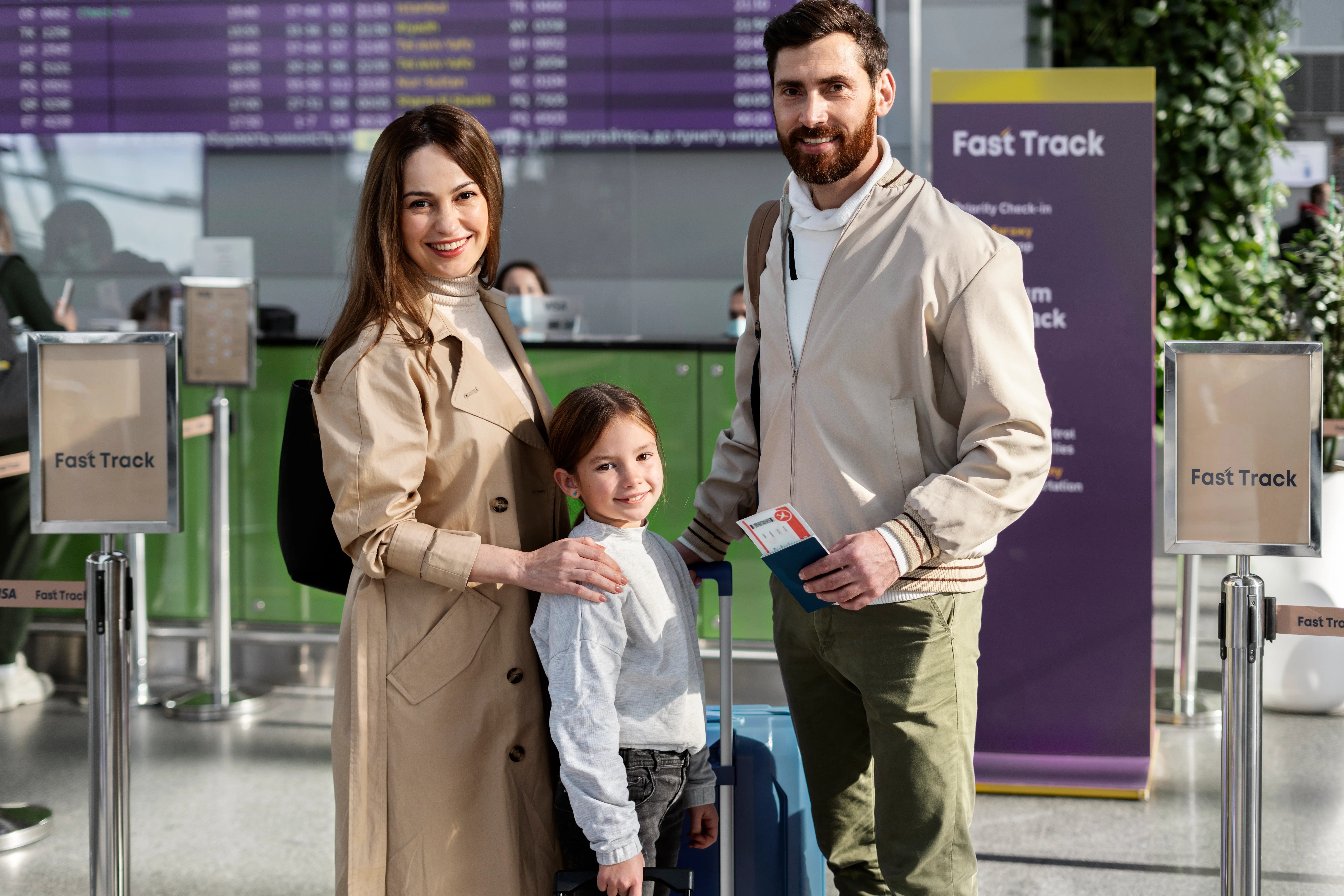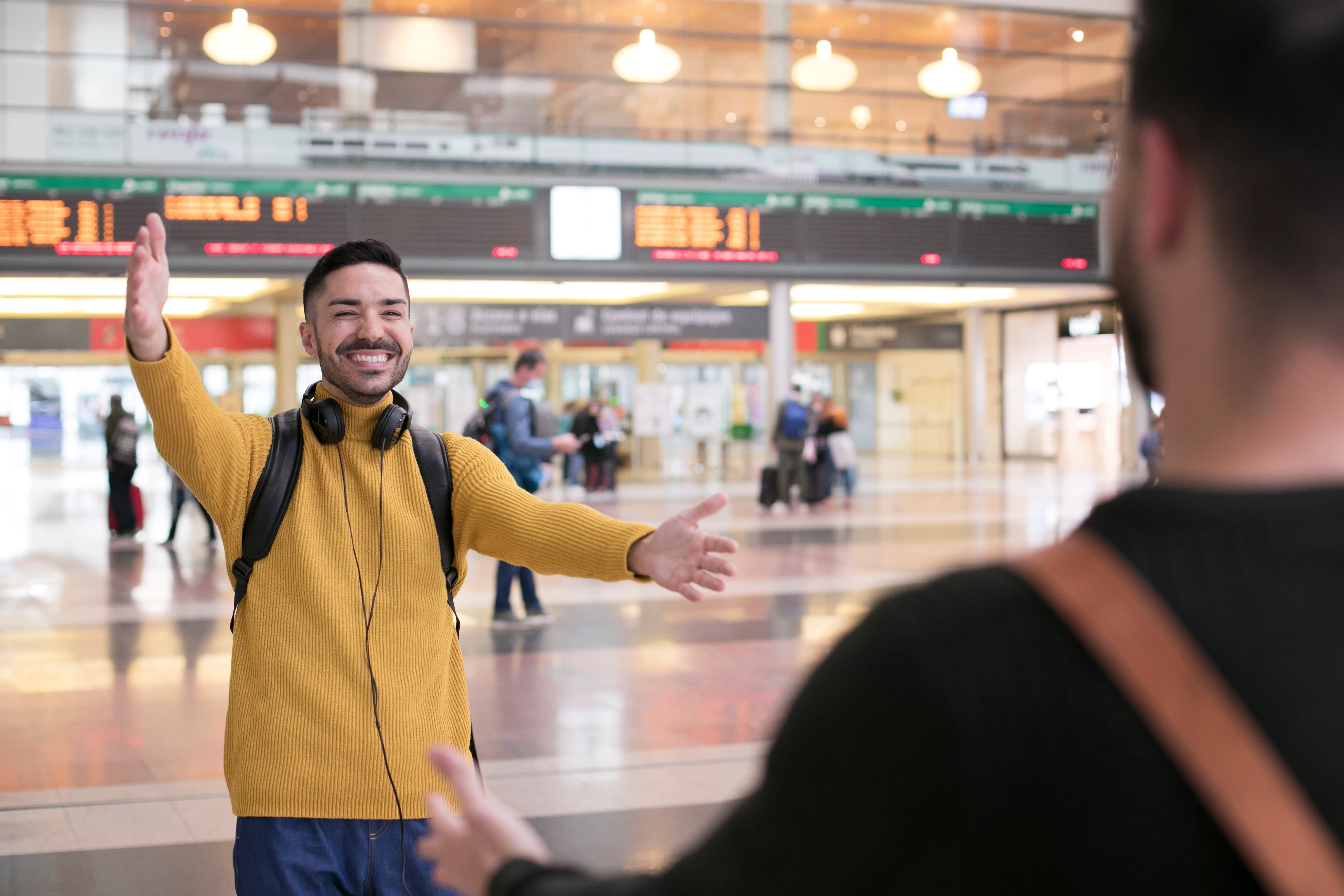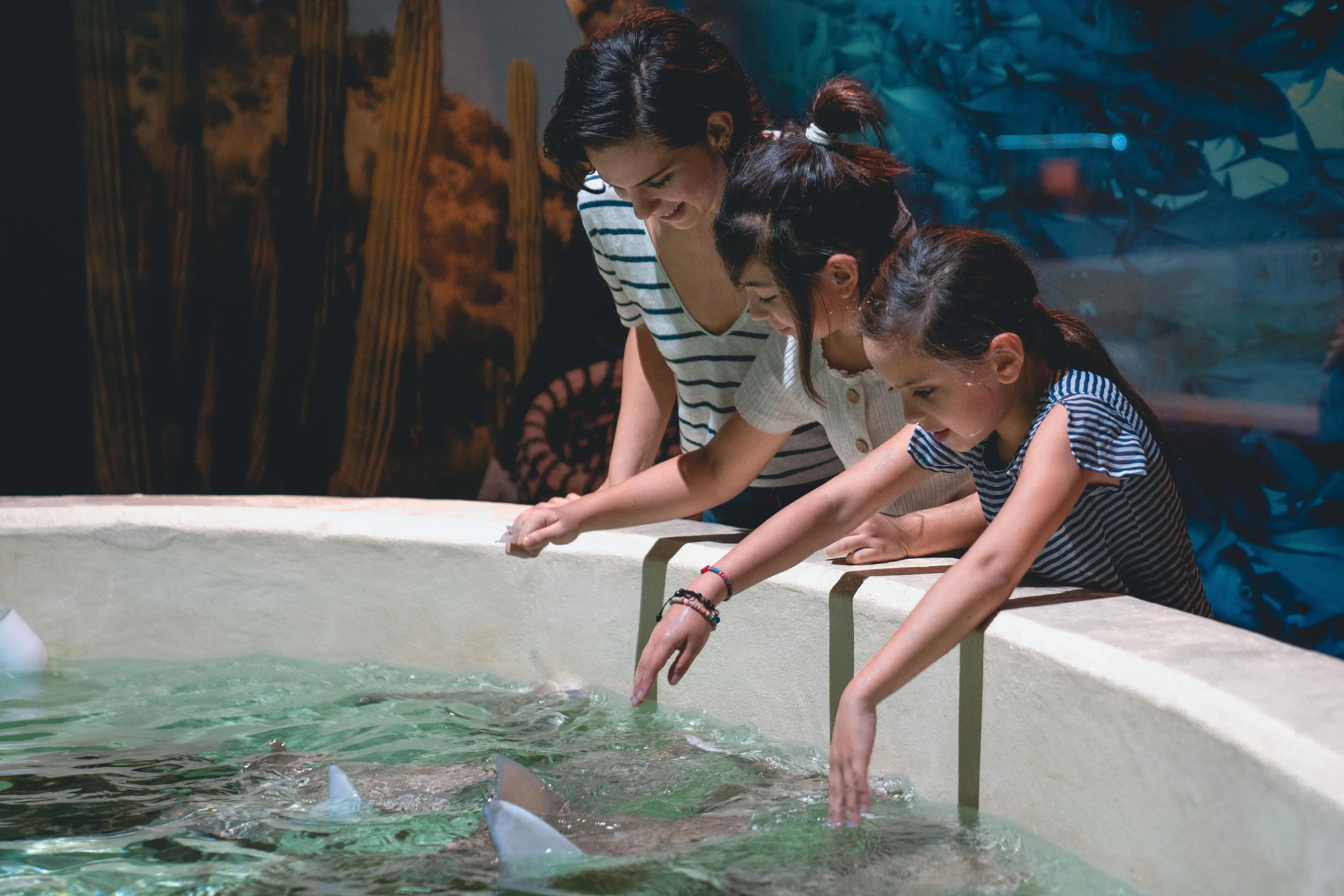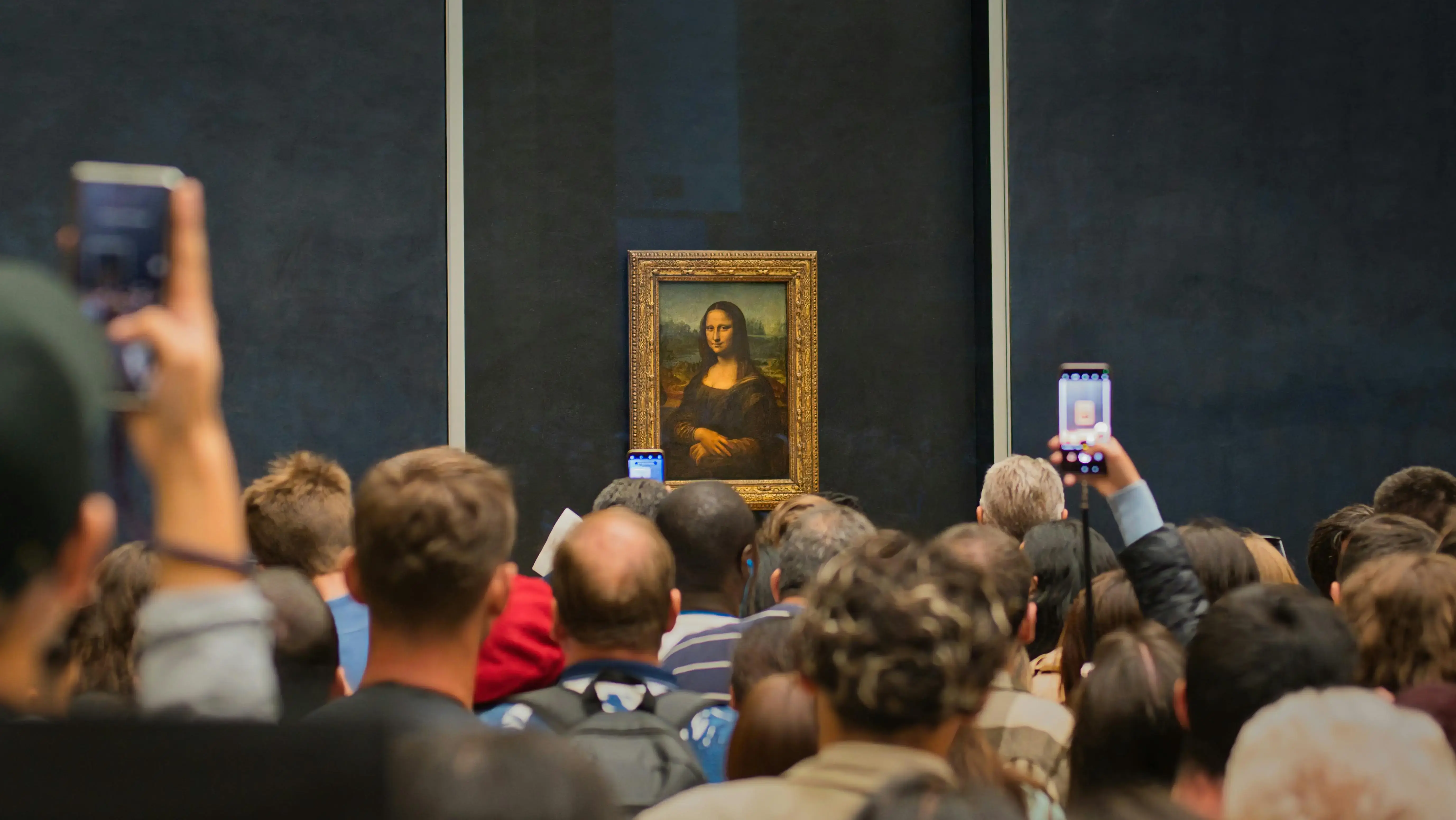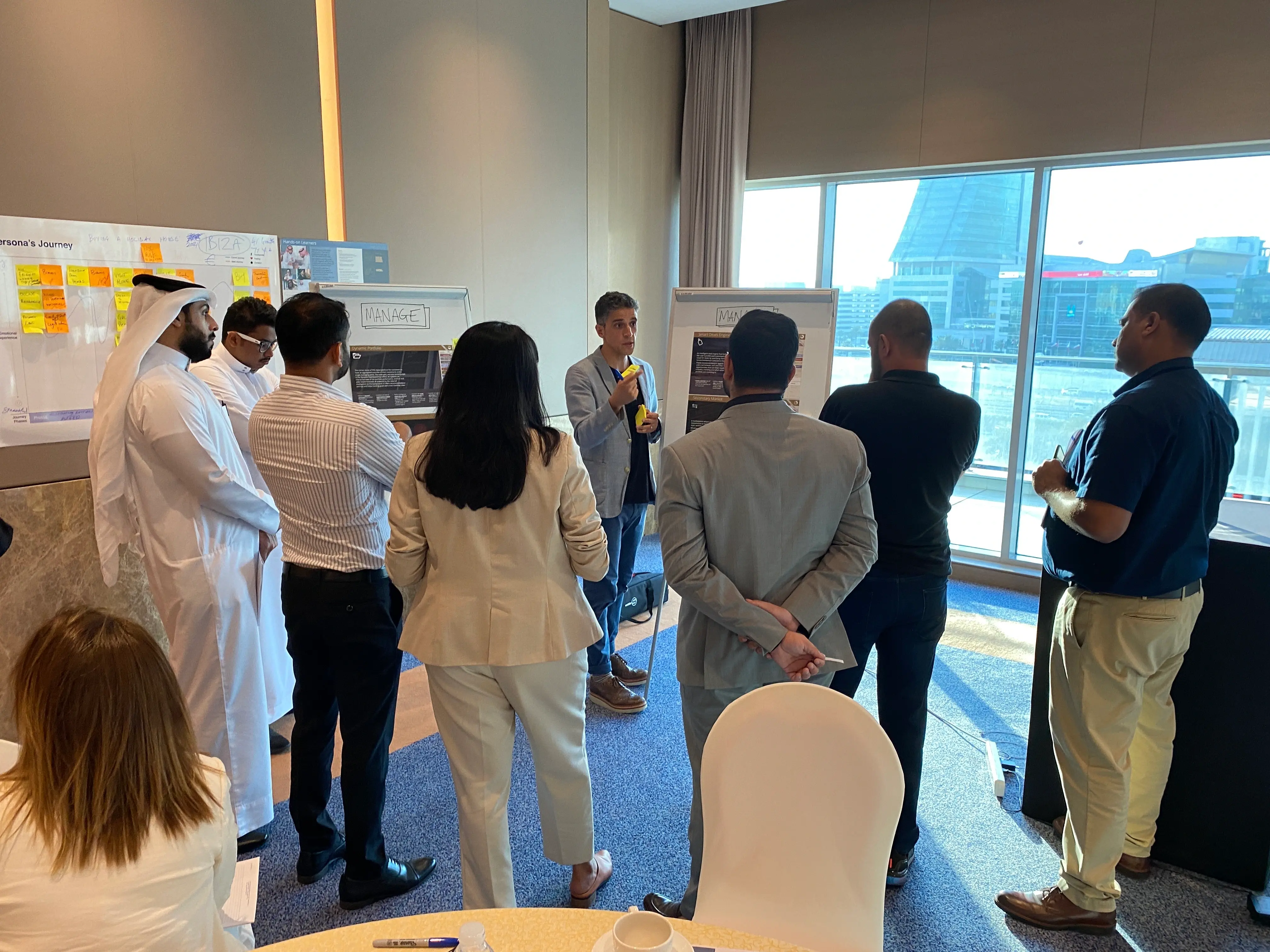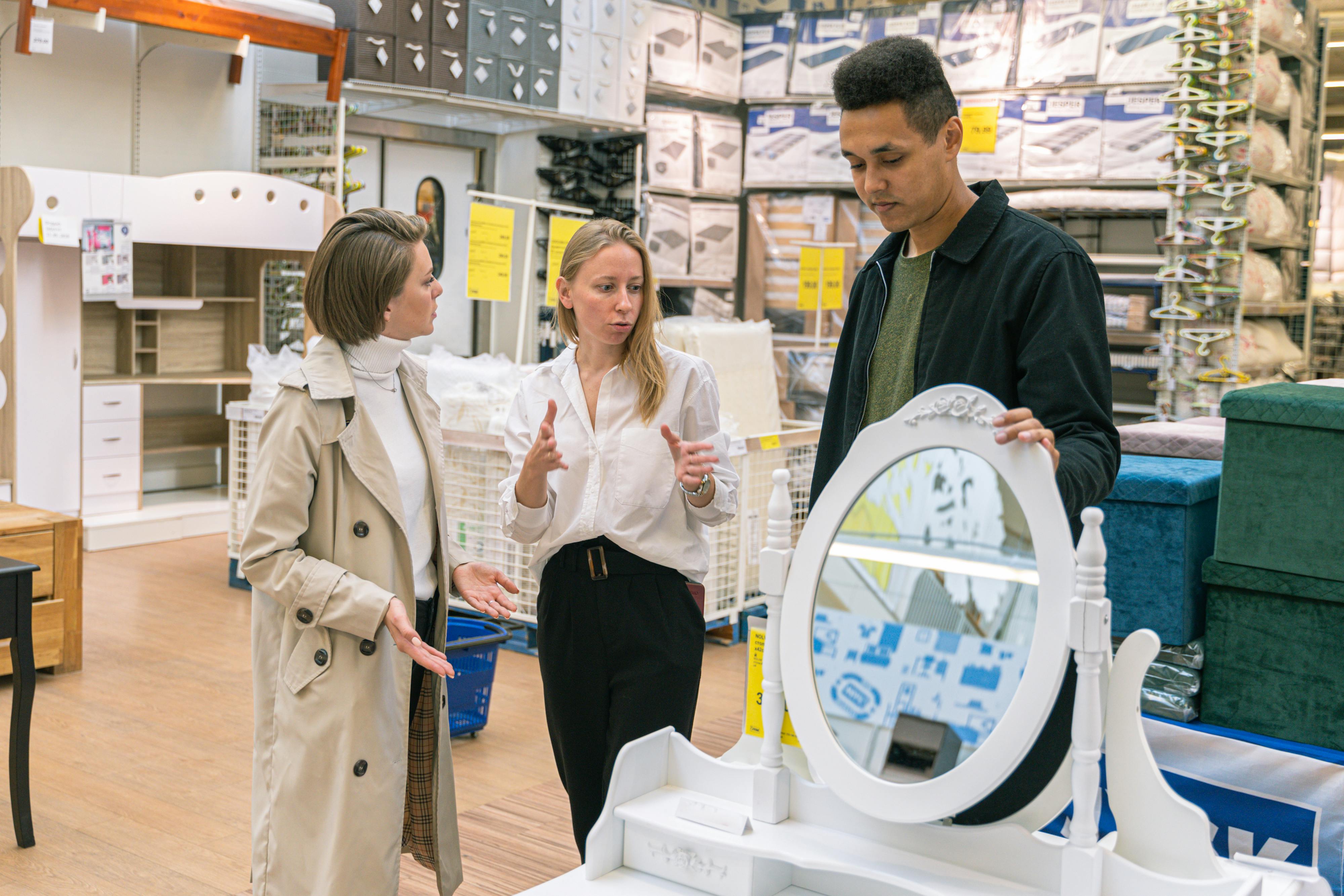Host, don’t operate: the human side of designing destinations
- Tourism,
- Customer Experience Strategy & Vision,
- Destinations
- ·
- 6 min read
When you think about the places that stay with you long after you’ve left, what makes them memorable?
It’s rarely the speed of the ticket queue, the clarity of the signage or the slickness of the payment process.
Those things matter, of course, but they don’t linger. What stays with you is how you felt. Who you met. The sense of being seen, welcomed and cared for.
That’s the essence of hosting.
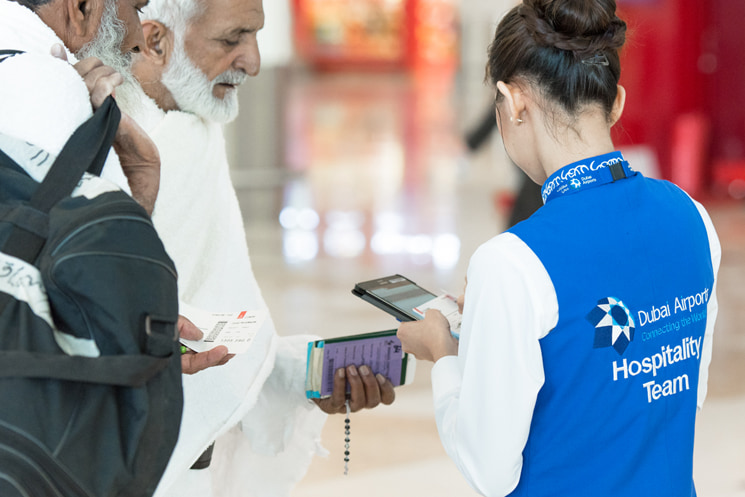
What's the challenge?
Too many destinations are built to run, not to resonate. They’re engineered for efficiency – operations hum, processes flow, throughput is optimised – but guests still leave with nothing to hold on to. A place can function flawlessly and still feel forgettable.
If we only train staff to manage throughput instead of moments, we risk creating destinations that perform but don’t connect. And connection is what drives loyalty, spend and referrals.
Omni-channel shoppers, for example, spend up to 3.5 times more than single-channel shoppers, according to ICSC. Why? Because they engage across multiple touchpoints, many of them human. If you strip those touchpoints of warmth, you strip away the multiplier effect.
Take Westfield London, for example. Concierge hosts there don’t just point out where the escalators are. They recommend restaurants, flag upcoming events and suggest experiences tailored to each visitor.
That single shift – from operator to host – transforms a mall from a retail facility into a lived destination.
What's the impact?
Very few destinations truly host. Hosting isn’t about politeness or efficiency. It’s about anticipating needs, creating a sense of welcome and helping people feel they belong.
Think of a host at home. They don’t just usher you in and show you where the bathroom is. They notice if you’re cold and fetch a blanket. They introduce you to other guests. They offer food before you realise you’re hungry. That same mindset, scaled and embedded into a destination, changes everything.
Hosting can take many forms:
- A quiet smile at the right moment
- A space designed so people instinctively know where to go
- A staff member who shares a story that makes an exhibit come alive
- An app that feels intuitive, welcoming and guided, rather than transactional
Hosting isn’t a ‘nice to have’. It’s the difference between a venue that’s used and a destination that’s loved.
The impact of hosting
Guests don’t remember efficiency. They remember empathy. A swift bag-drop or seamless entry rarely makes it into conversation. But a single act of care – whether an upgrade, a smile or an unexpected gesture – becomes a story retold again and again.
When you host, you:
- Create comfort in unfamiliar places – especially for first-time visitors or those under stress.
- Reduce effort for the customer – remove friction before it turns into frustration.
- Spark emotional lift – small gestures that transform how people feel about your destination.
Booking.com’s 2025 travel predictions underline this. Travellers say the people they meet are often the most memorable part of a trip.
That’s why the Ritz-Carlton’s famous $2,000 rule is legendary. It’s not about extravagance – most gestures cost far less. It’s about empowerment: giving staff the trust to create emotional moments that outlast the visit.
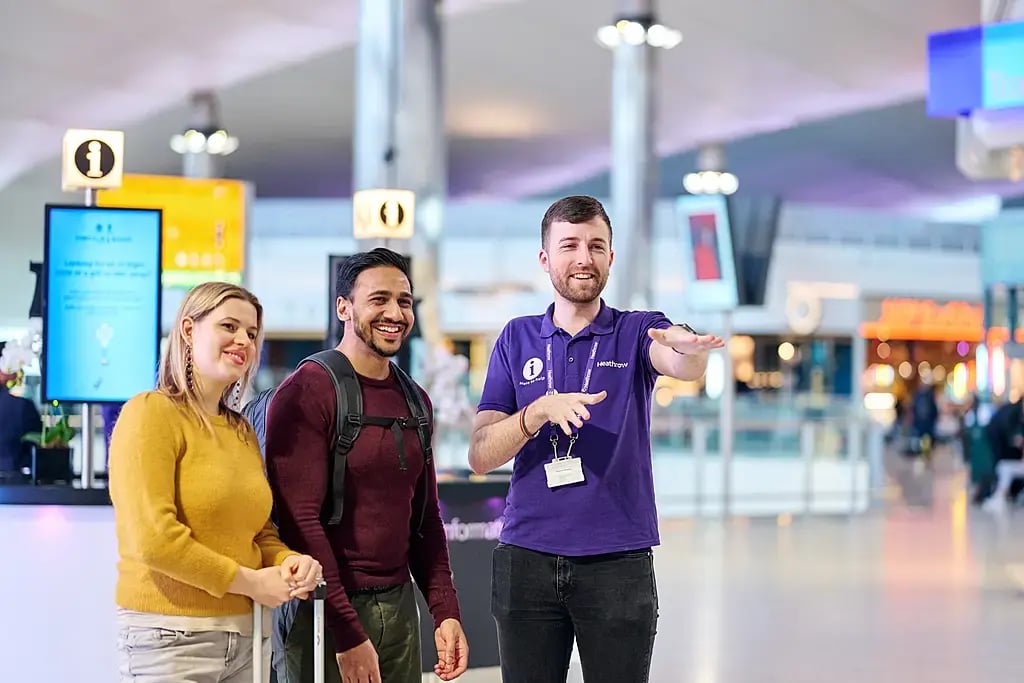
Why hosting gets overlooked
Most destinations are managed through a lens of operations, not relationships. KPIs reward efficiency, not connection. Training manuals emphasise process, not story. And too often, technology is designed to replace the human rather than amplify them.
Consider the Victoria & Albert Museum. By reframing front-of-house staff as storytellers rather than gatekeepers, they unlocked richer interactions between visitors and the collection. That subtle change turned a museum from a gallery of objects into a dialogue of culture.
And hosting isn’t only about people. Quiet hosting happens in the environment too. The right layout, signage or lighting can make a visitor feel guided before a single word is even spoken. A host can be cultural interpreter as much as concierge, helping diverse audiences connect with what might otherwise feel inaccessible.
It’s worth remembering that great hosts don’t appear out of nowhere. Hosting culture reflects leadership. Organisations that value care internally, that trust and empower their people, create the conditions for genuine hosting to flourish.
Hosting as visible culture
Hosting is culture made visible. Every interaction is a chance to embody the values of your destination. Strip away the host, and you’re left with a shell: a terminal, a mall, a venue that could be anywhere. Put the host at the centre, and suddenly your culture has a voice, a face, a memory attached to it.
Singapore Airlines has understood this for decades. Its cabin crew aren’t just trained in service mechanics; they’re trained as cultural ambassadors. A flight isn’t simply efficient, it’s an immersion in Singaporean warmth, pride and identity.
The best hosts don’t just represent the brand, they represent a culture, a community, a story. And that’s what makes them unforgettable.
Designing for connection, not just throughput
To design destinations people live, not just visit, it’s important to stop measuring how many people pass through and start measuring how many people connect.
That means:
- Empower staff as ambassadors – trust them to represent the story of your destination, not just its processes.
- Elevate tech, don’t replace humanity – automate the routine so people can focus on the memorable.
- Train for emotional intelligence – equip staff to notice cues, anticipate needs and respond authentically.
- Recognise and reward human moments – celebrate the stories guests share because of your people.
Dubai Mall does this well. Their guest ambassadors aren’t there to transact but to connect. That culture of hosting is part of why the mall attracts over 100 million visitors a year. People don’t just shop there; they feel part of something worth returning to.
Hosting as a mindset
Hosting is not a department. It’s not a role you bolt onto operations. It’s a mindset, a culture, a way of designing destinations so that every detail – from the lighting to the app to the person at the welcome desk – says ‘you belong here’.
The destinations that endure, the ones people live in rather than simply move through, are those that choose to host.
Ready to design a destination where people feel they belong, not just pass through? Get in touch and let's talk.
Download your copy of our Destination Thinking: A guide to designing and delivering world-class destination experiences.


